DJI Agriculture today launched the Agras T100 globally, a high-capacity drone designed to transform large-scale farming through enhanced spraying, spreading, and lifting capabilities. This release, announced on July 15, 2025, builds on its initial debut in China last November and promises greater efficiency for drone professionals tackling expansive fields. The T100 addresses the demand for versatile aerial tools in precision agriculture, where operators seek to minimize labor while maximizing coverage.
Advanced Spraying and Spreading Systems
The T100 equips a 100-liter (26.4-gallon) spraying tank that delivers up to 30 liters (7.9 gallons) per minute via dual nozzles. An optional upgrade to four water-cooled mist nozzles boosts this rate to 40 liters (10.6 gallons) per minute, enabling precise application of pesticides, herbicides, and fertilizers. This setup supports payloads of up to 75 kg (165 lbs) per flight, optimizing coverage for crops like rice and wheat.
For spreading, the drone features a 150-liter (39.6-gallon) tank capable of dispersing fertilizers or seeds at speeds reaching 20 m/s (44.7 mph) and rates of 400 kg (882 lbs) per minute, thanks to a new-generation spiral auger. Operators can achieve rapid distribution, such as 40 kg (88 lbs) per acre, with automated reports tracking efficiency. This raises questions about how such systems could reduce chemical waste, as AI-driven optimization ensures even application across varied terrains.
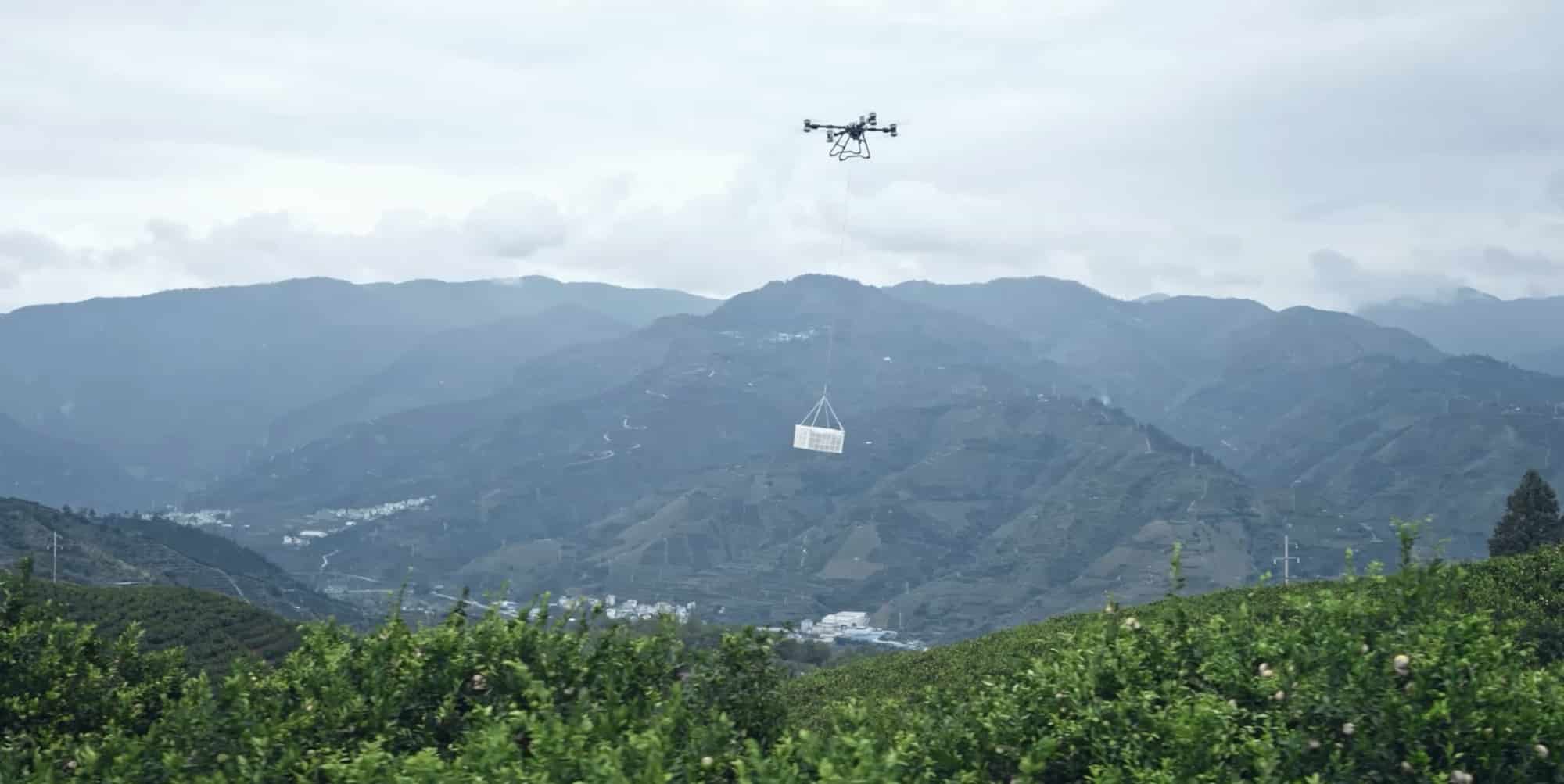
The T100’s modular design allows seamless switches between spraying and spreading modes, catering to professional pilots who manage diverse agricultural tasks. Drone enthusiasts might appreciate the precision, which aligns with trends toward data-informed farming decisions.
Breakthrough Lifting and Payload Features
A standout innovation is the T100’s 100 kg (220 lbs) lifting capacity, expanding its utility beyond traditional drone functions to include heavy transport, such as supplying remote areas. The maximum takeoff weight stands at 149.9 kg (330.5 lbs), supported by coaxial twin-propeller blades crafted from carbon fiber reinforced polymer, delivering a single-axis pulling force of 82 kg (181 lbs).
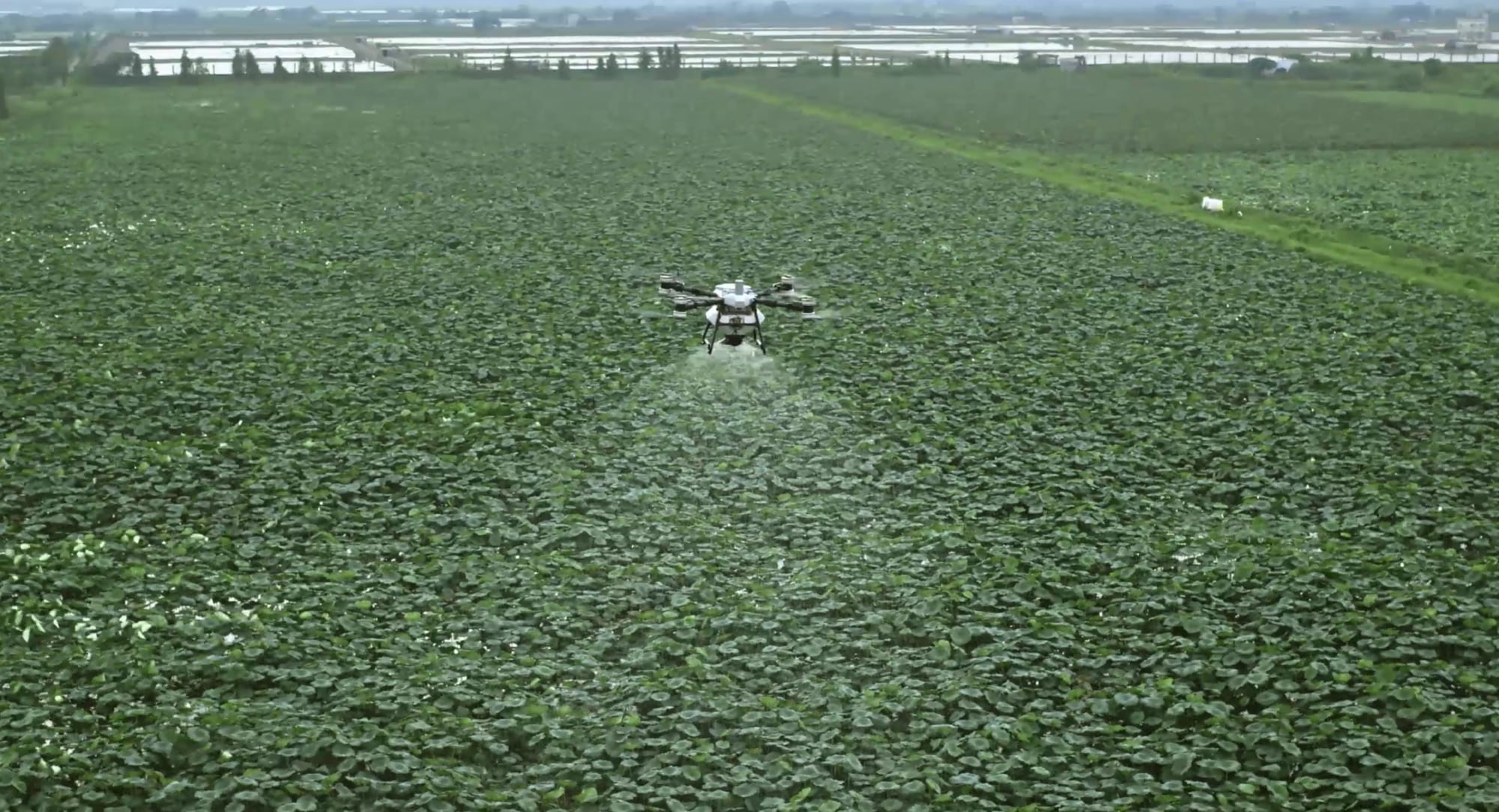
This capability positions the T100 as a versatile tool for professionals in challenging environments. For instance, demonstrations in Vietnam highlighted its role in flood rescue, delivering aid to stranded individuals. Such applications suggest economic benefits, like faster response times in emergencies, though operators must consider payload limits to maintain flight stability.
Enhanced Safety, Navigation, and Intelligence
Safety features include a LiDAR system, millimeter-wave active electronically scanned array radar, AI processing, and a 360-degree four-eye vision setup for real-time obstacle mapping and path optimization. Low-beam lighting enables night operations, while the DRTK three agriculture edition provides plug-and-play positioning accuracy.
AI algorithms identify obstacles dynamically, adjusting routes for autonomous flights in low-visibility conditions. Integrated augmented reality offers real-time field overlays, generating quick reports on coverage. This intelligence supports recreational pilots exploring agricultural drones, but professionals will value the reduced risk in obstacle-rich orchards.
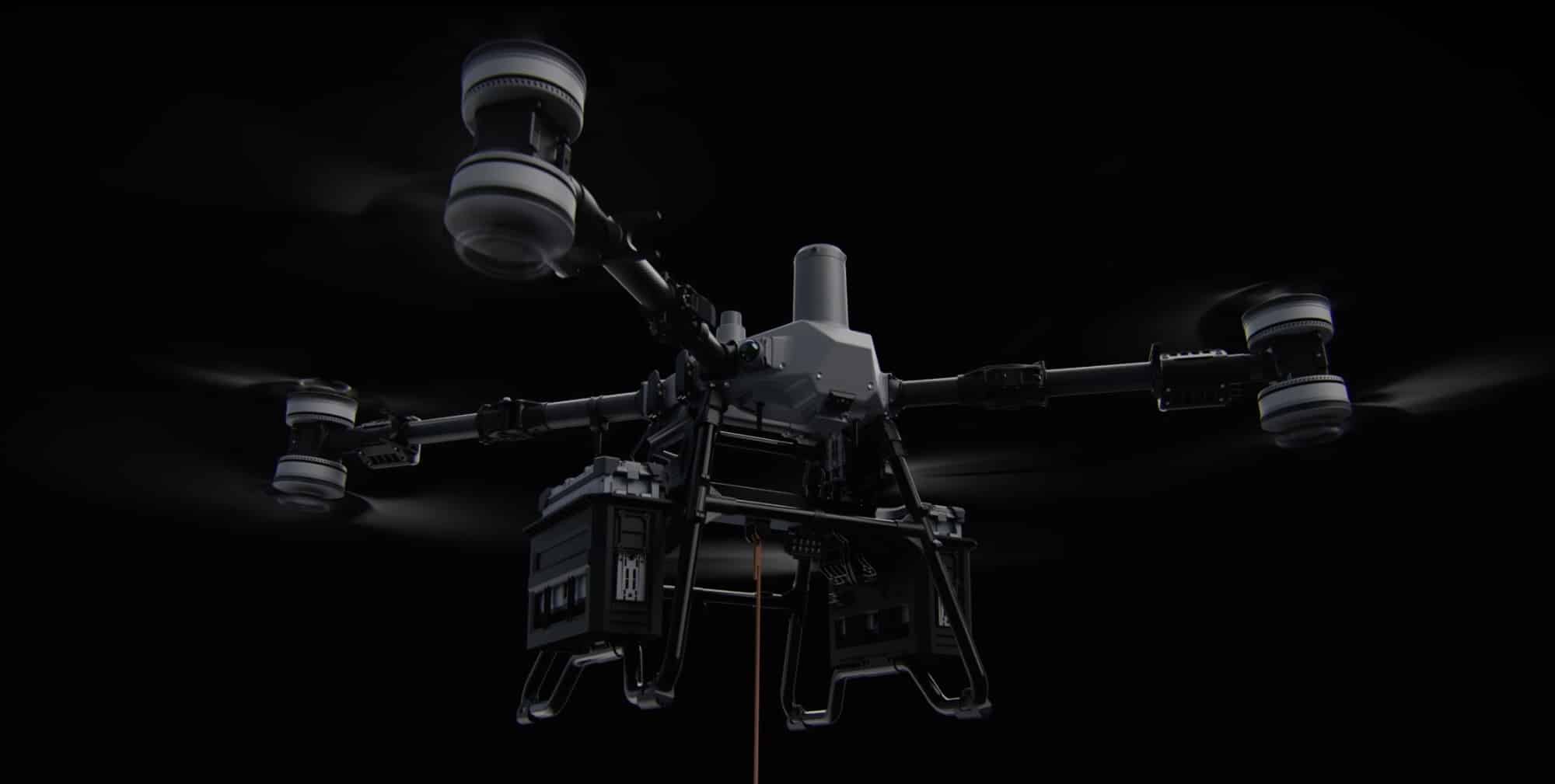
The drone reaches speeds of 50 km/h (31 mph) with eight motors, ensuring robust performance across terrains. A new battery pack with an 11.5 kW charger allows full charges in nine minutes, minimizing downtime for continuous operations.
Global Launch and Availability Implications
DJI’s global rollout of the T100, alongside the T70P and T25P, emphasizes efficiency and safety advancements. Availability remains limited to select countries, with users advised to contact authorized dealers. In North America, expect releases in Fall 2025, with waitlists for details.
Regional expansions include Paraguay, where distributor Agrisa introduces the T100 for high-capacity tasks. Discussions in Colombia under the Belt and Road Initiative hint at infrastructure support. These developments signal regulatory considerations, as drone operators navigate varying international standards for agricultural UAVs.
User feedback highlights competitiveness in seed sowing and weed control, potentially shifting European farming practices. The T100 leads a farming revolution with non-stop capabilities outperforming manual labor. As adoption grows, this drone could influence economic models by cutting costs and boosting yields, though pilots must adhere to local flight regulations.
The Agras T100 sets new benchmarks in drone technology, offering professionals tools for sustainable agriculture. DJI’s focus on AI and versatility underscores its role in the evolving drone landscape.
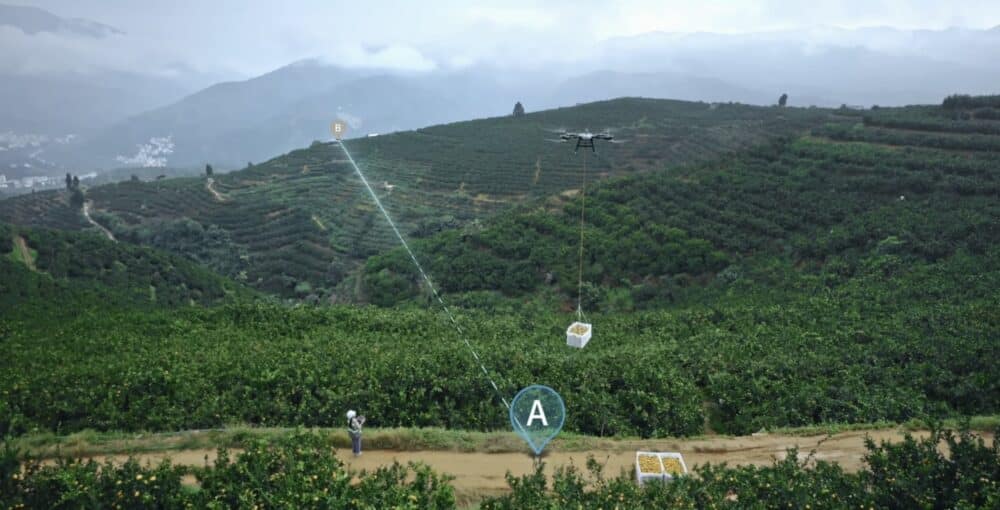
Photos courtesy of DJI.
Discover more from DroneXL.co
Subscribe to get the latest posts sent to your email.
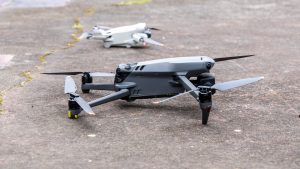
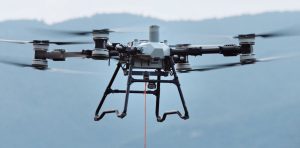
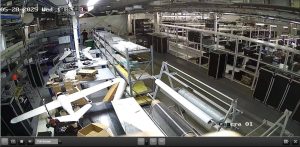
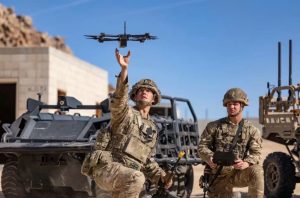

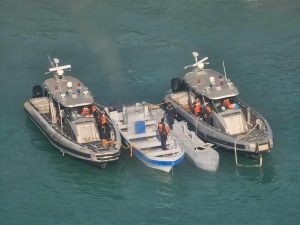
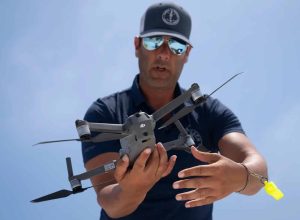

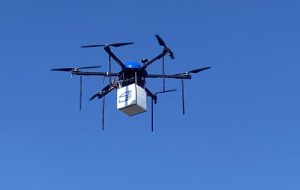
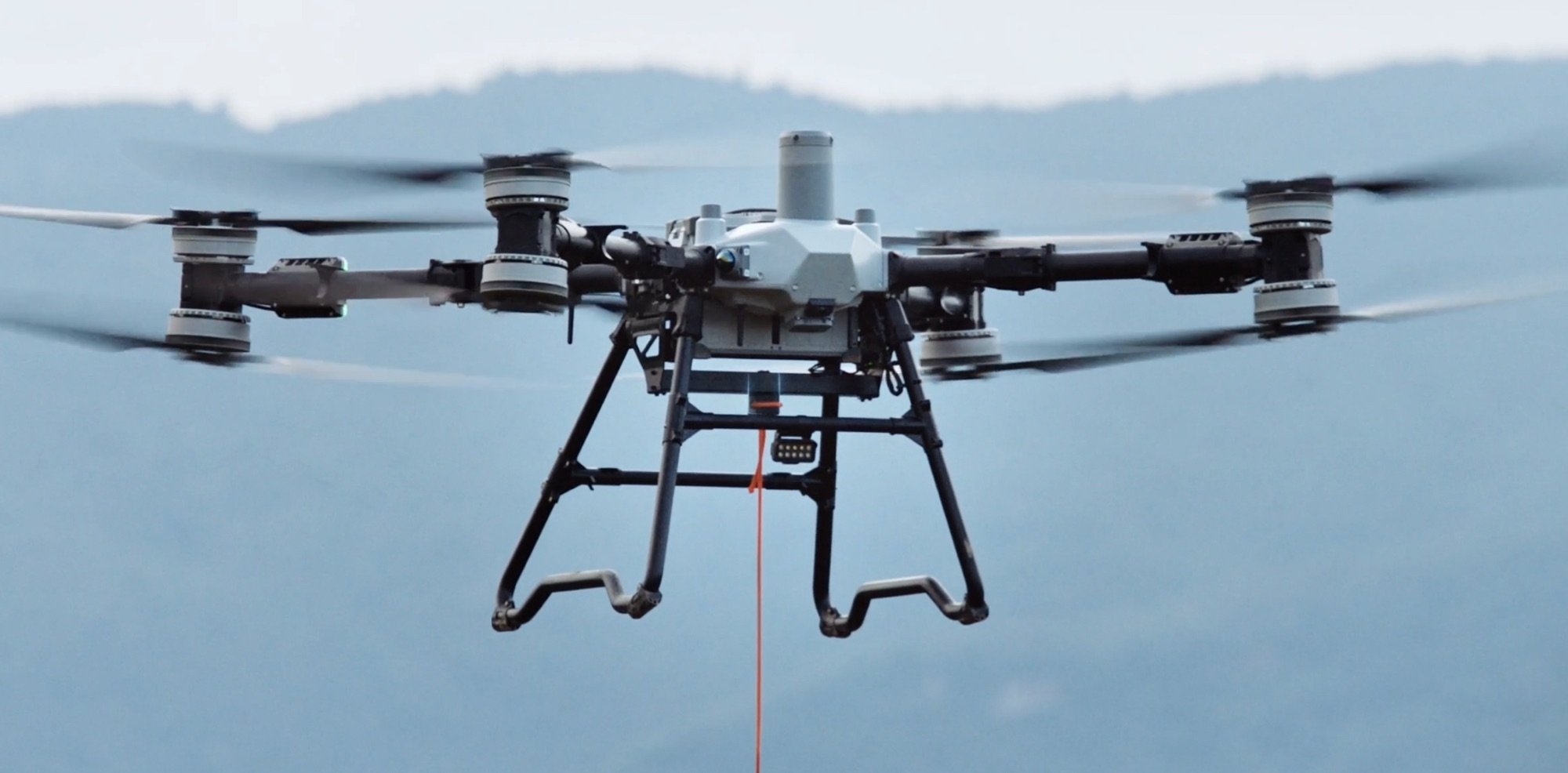

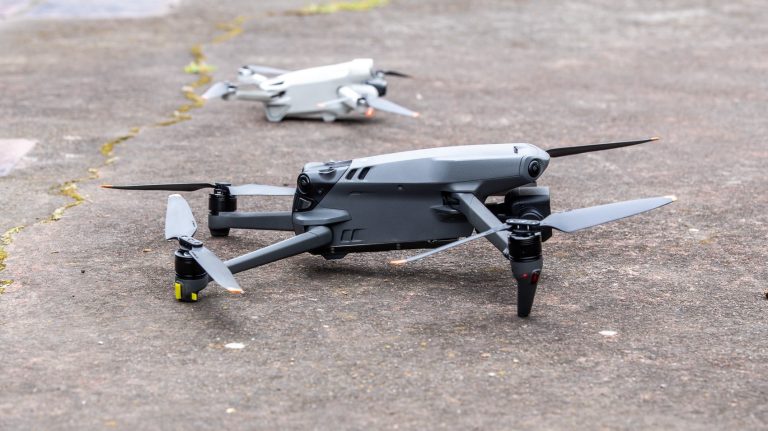


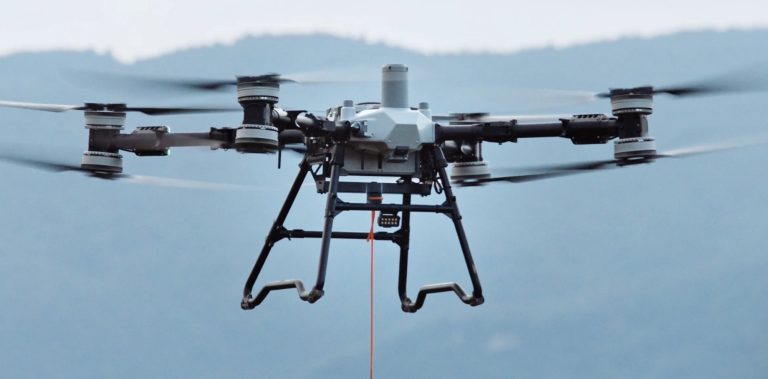

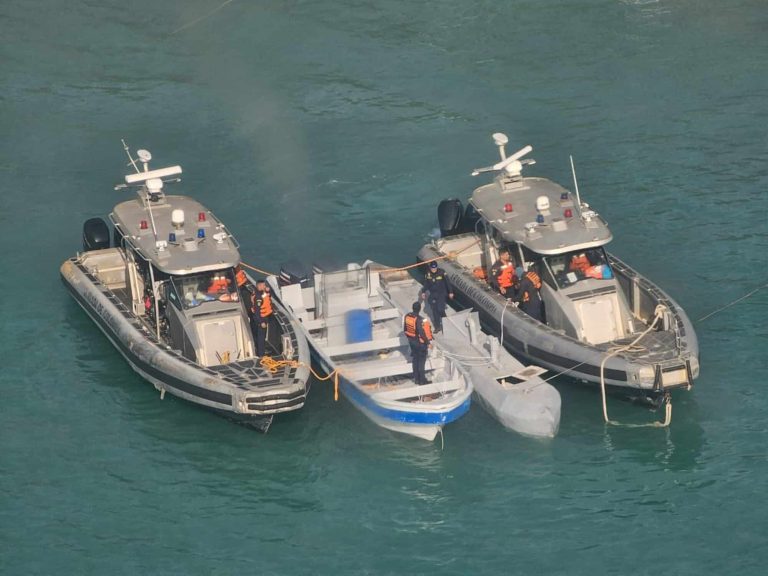
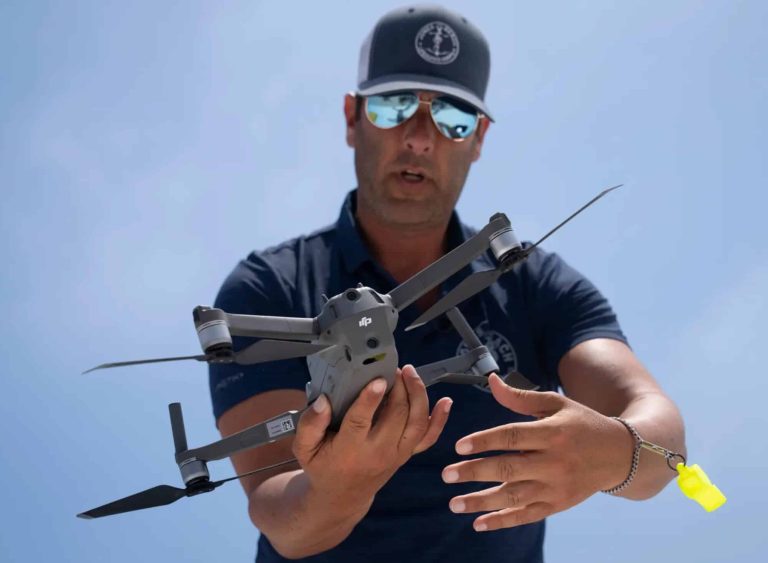

+ There are no comments
Add yours